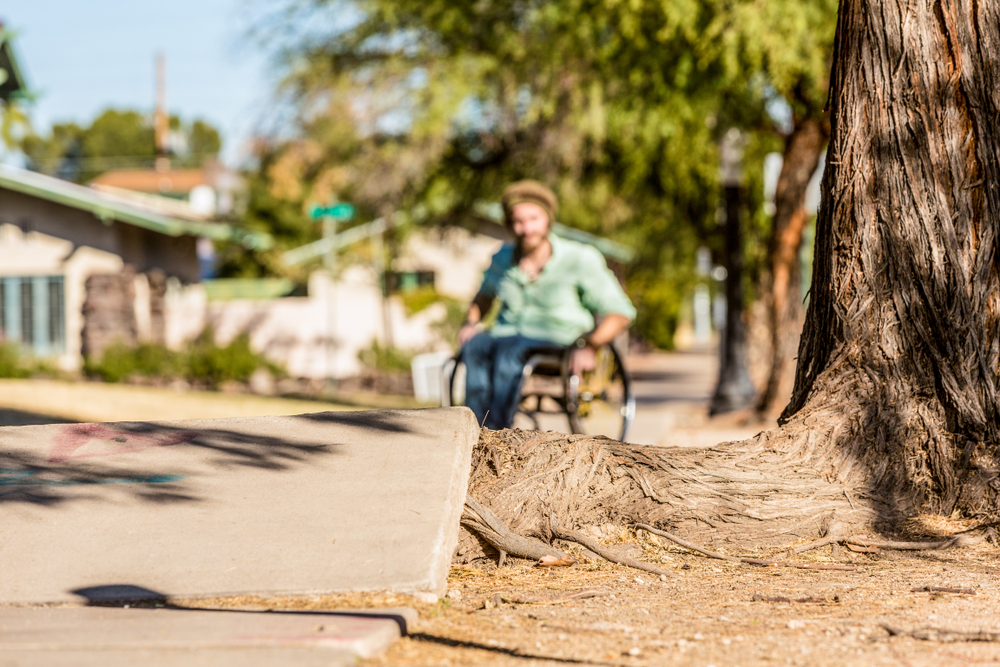ADA in Multifamily
Cost of Non-Compliance
I’ve been a proud Atlanta resident for 24 years. While much of that time was spent in the car-dependent suburbs, recent years have offered the opportunity to explore the bustling city as a pedestrian. It was during a trip to Piedmont Park (the largest park within Atlanta city limits) that I noticed a problem that […]
